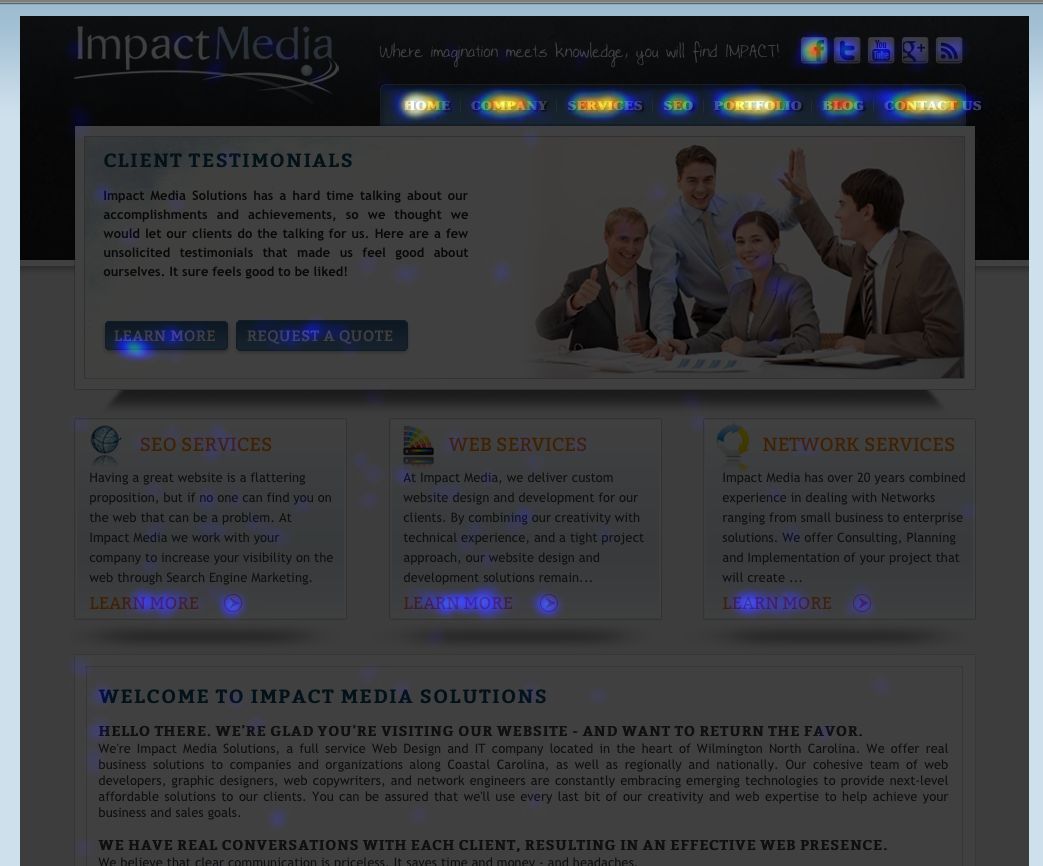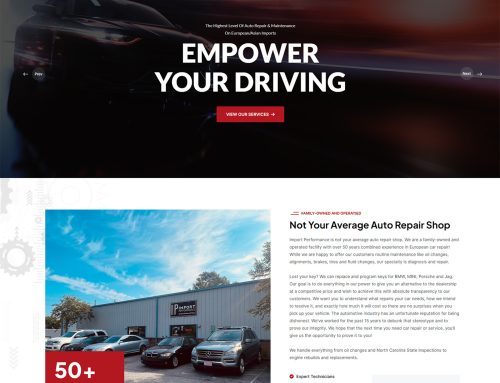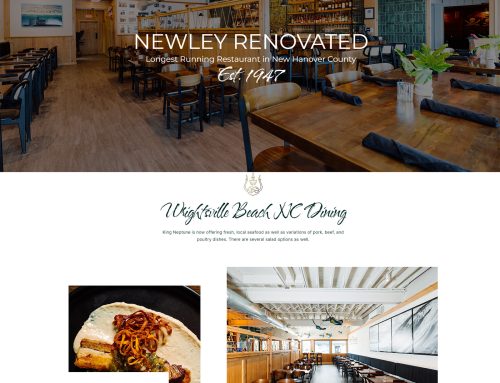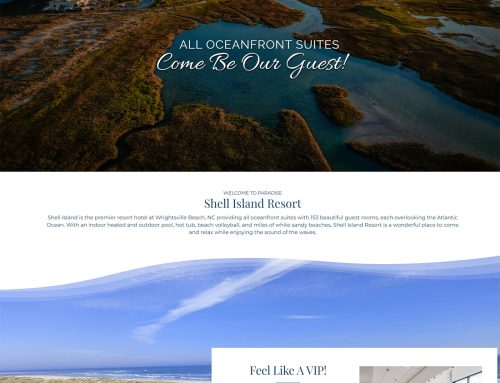Google Analytics has long been thought to be the standard for website statistics. A recent improvement on an old method and a reduction of cost is changing everything.
Eye tracking for statistical purposes has been around for decades, but until recently the methods for this data collection option have been incredibly pricey. Hundreds of thousands of dollars have been spent on a single study limiting the usefulness of this practice to a very select few.
A study completed back in 2001 by three Carnegie Mellon professors, Mon-Chu Chen of the Human-Computer Interaction Institute and John Anderson & Myeong-Ho Sohn of the Psychology Department released findings of a study they completed entitled, What can a mouse cursor tell us more? Correlation of eye/mouse movements on web browsing.
In their paper they wrote:
The data suggest that there is a strong relationship between gaze position and cursor position. The data also show that there are regular patterns of eye/mouse movements. Based on these findings, we argue that a mouse could provide us more information than just the x, y position where a user is pointing. This implies that we can use an inexpensive and extremely popular tool as an alternative of eye-tracking systems, especially in web usability evaluation. Moreover, by understanding the intent of every mouse movement, we may be able to achieve a better interface for human computer interaction.
(Click here to read the entire paper)
This revelation led to the development of a new statistical gathering category called web heat maps. What these types of software do is allow you to see exactly where on your webpage a visitor has clicked. This can be incredibly invaluable because knowing where a visitor clicks, and just importantly doesn’t click can allow a company to reconfigure a site to maximize their lead conversions. For instance, you might have three main areas on your web page, one is your feature article, one is your contact form and another is a photo gallery. With a heat map you would be able to tell which areas were actually being used by visitors and which areas were being avoided. If your contact form is one of the avoided areas, then you know something needs to be changed in order to make it work. With each tweak you make, you will be able to tell quickly if the change worked or not. This kind of practice can turn a website into an incredibly efficient marketing and lead generating tool. That in turn should lead to a higher lead conversions which gives us our ultimate goal and that is higher profits.
So where is the best place to get a web heat mapping tool and how expensive is it? As of the writing of this article, we feel that CrazyEgg.com offers the best tools for the highest value. For as little as $9 a month you can get web heat maps on 10 pages of your site with daily reporting. This includes a Heatmap Report, Scrollmap Report, Confetti Report, Overlay Report, List Report, and Multi Domains Tracking. That’s quite a bit for that low of a price. For anyone who now thinks that Impact Media Solutions is affiliated with CrazyEgg.com, I can promise you that we are not. Our goal is to educate our clients on ways to improve their business and achieve higher profits.
If you would like to try the tools from CrazyEgg.com out or another web heat mapping software and need assistance applying the code to your website, drop me a line at cs@impactmedianc.com and I can help you take care of that. We can also help you review your statistics and make recommendations on how your site can be improved, maximizing your lead conversions. By the way, CrazyEgg.com offers 30 days for free!





